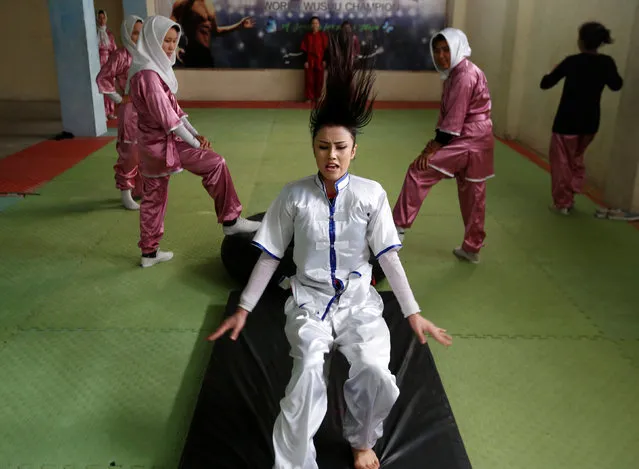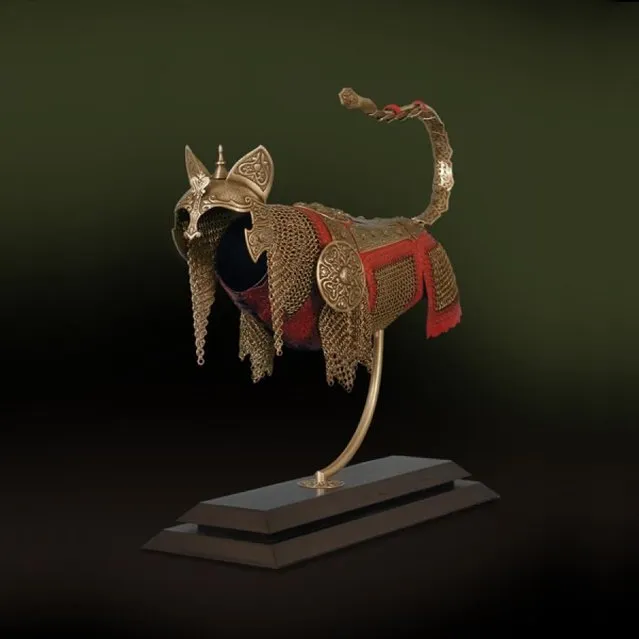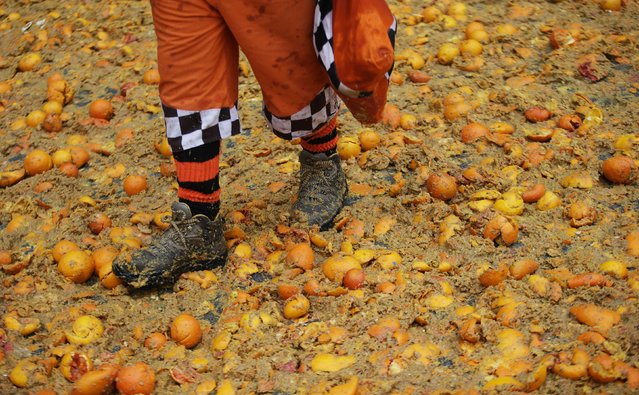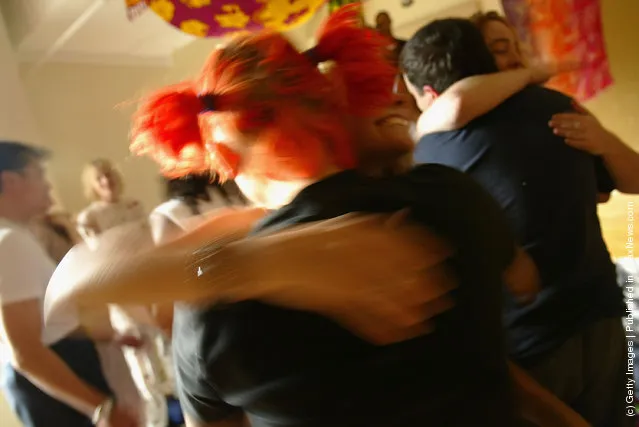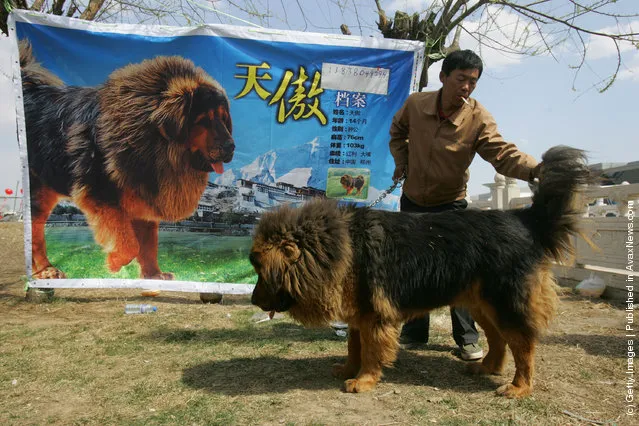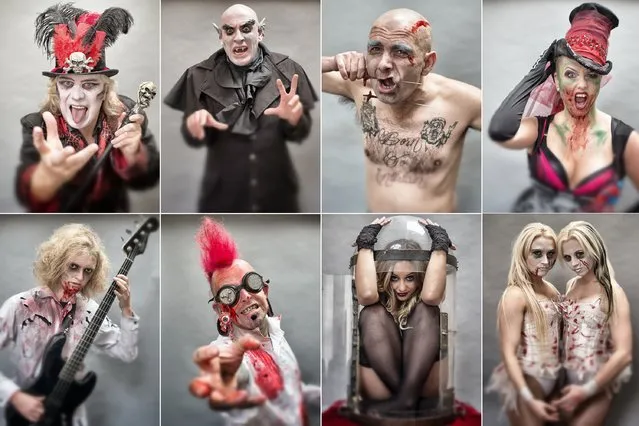
In this composite image (L-R top row) Dok Haze, Douglas Child as Camp Dracula, Mongolian Laughing Boy, Tony Walls, Asia Sawika as Anastasia, (L-R bottom row) zombie bass guitar player Ozzy Jackson, sword swallower Hannibal Hellmurto, pickled person, Zoe Olivia Ellis and The Sinister Sisters, Steph Bates (L) and Steph Randall (R) pose for a photograph prior to a rehearsal of the Circus of Horrors' latest show The Night of the Zombie at the Wookey Hole Caves Theatre near Wells on October 23, 2014 in Somerset, England. (Photo by Matt Cardy/Getty Images)
25 Oct 2014 12:57:00,post received
0 comments



